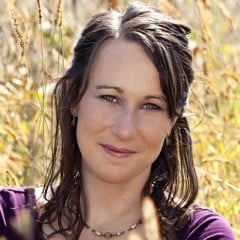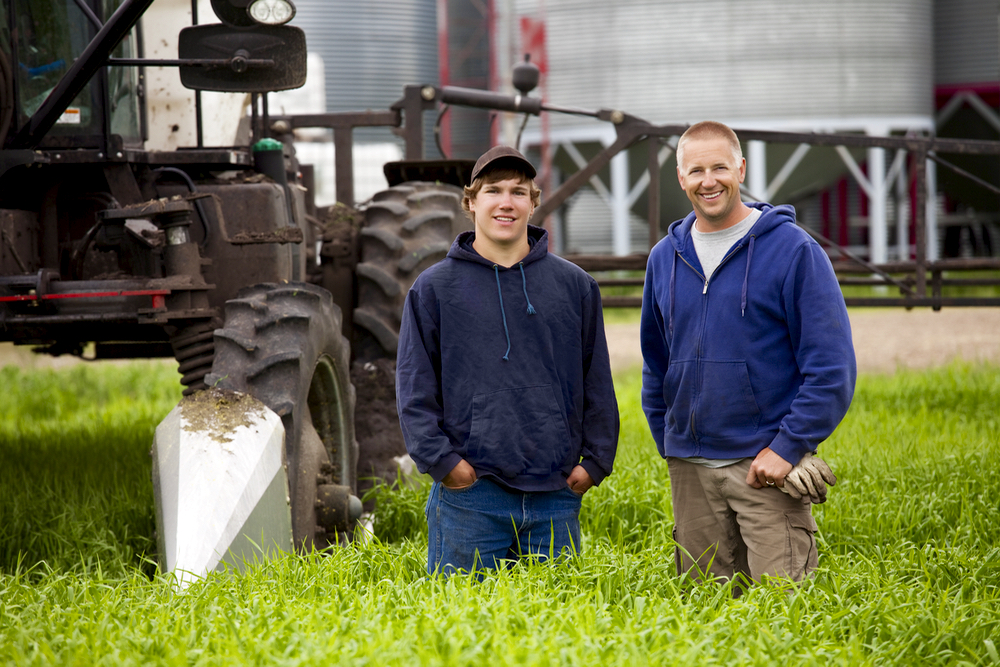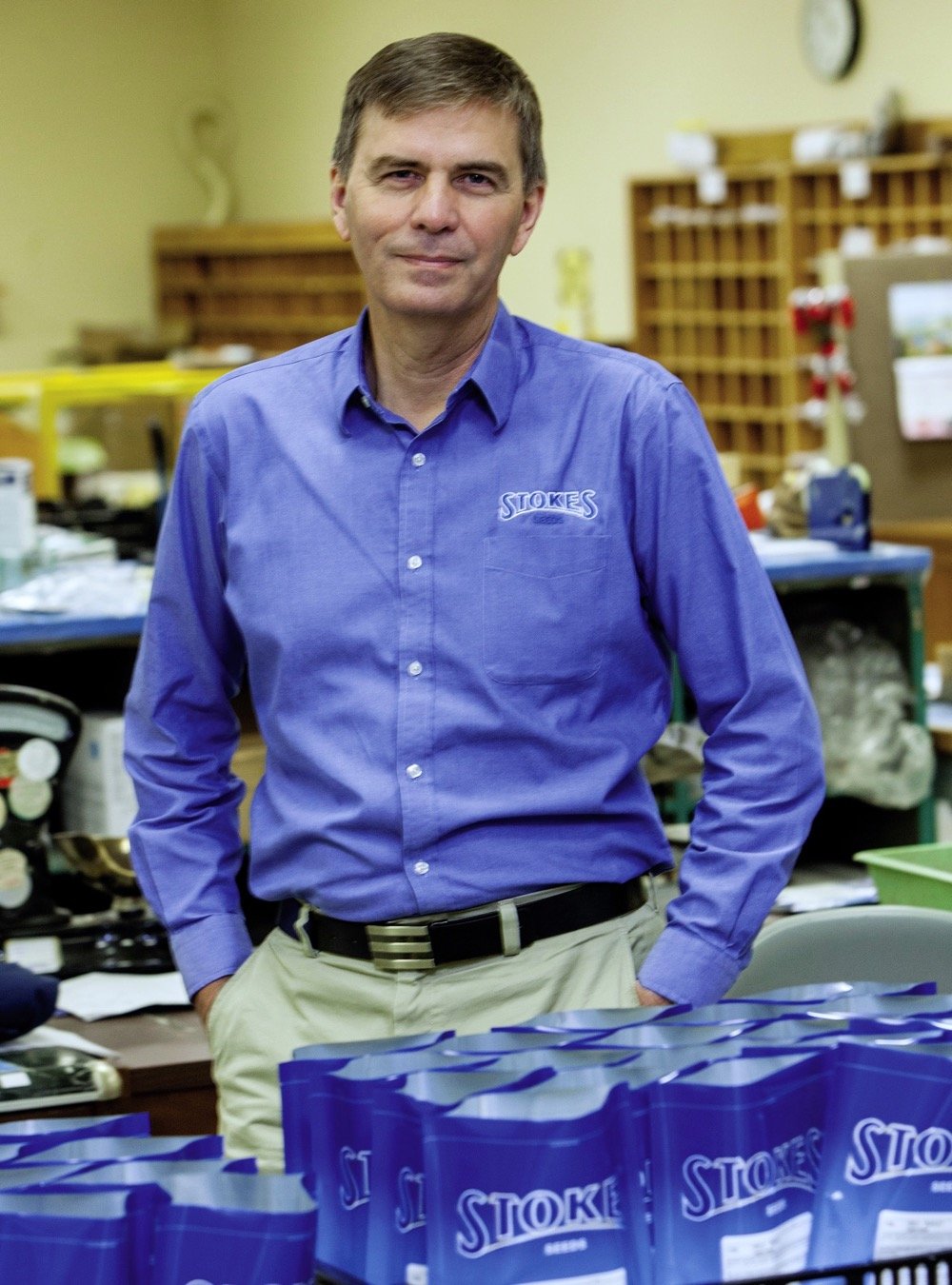Advisory boards are becoming trendy. Both Forbes Magazine and the Harvard Business Review published articles last fall advising small business owners not only on why they should use advisory boards, but also on how best to organize them.
You might dismiss these articles as “advice about getting advice,” but the recommendations are serious business, including making sure your board is made up of a diverse group of people you consider to be very successful or admirable, and who are the kind of people who won’t be in it for the financial rewards alone.
Read Also

Building a farm legacy that outlasts you
A farm’s legacy isn’t just about the land; it’s also about the values and the impact that continue long after the current owner has stepped away.
In theory, the trend appears to be very transferable to farm business. As it turns out, in fact, it’s also proving transferable in practice, at least according to Lee Erickson of Edgeview Farms, who uses an advisory board himself.
Erickson farms grain together with his wife in Donalda, Alta., and while his operation is independently incorporated, they pool all their labour and machinery so it will also be used by his son and daughter-in-law for their own farming operation.
To facilitate both operations working as one, the four work together as partners, meeting every Monday morning to address management challenges and then to agree on directives communicated to employees on Tuesday mornings. “We are a farm family and a family-run farm, but we look at it more as a business and bring in the family after that,” Erickson tells me. So while the group does seek advice from one another first, unlike on other farms, the buck doesn’t stop there.
Erickson refers to their different groups of advisers as pods. Most of their pods are made of paid advisers, such as each location’s respective bank managers, the loan managers, and a shared accountant in the financial pod. But Erickson tells me they also heavily rely on at least five individuals who are not paid, which is more in line with the general advisory board guidelines. Erickson says these are people the whole family admires for their respective successes, commonly outside of agriculture. The most active members of this board are in contact regularly and they offer feedback informally, one on one. Then they really shine at the annual business meeting, where these advisers often star as guest speakers.
“One of the fellows we’ve used is an owner, semi-retired now, of an aerospace business and he’s talked about the necessity of knowing details,” Erickson offers as an example. “Every business has things that can happen totally outside of their control. When you bring these people in, all of a sudden you realize they’ve faced the same challenges we face and managed sometimes in a totally different way.”
Erickson says developing their pod structure for eliciting business advice was a gradual process but it was something he and his wife were inspired to do after they won Alberta’s Outstanding Young Farmer award in 1994. Suddenly, the agricultural community seemed small, and sometimes a little too uniform in its thinking. But they also became keenly aware of the high level of expertise among farmers and recognized a deep well of collective wisdom.
This is exactly what Jim Johnston tapped into when he went looking for advice for his farm.
- More from Country Guide: Execute on that business plan
Johnston has 700 breeding ewes and some cattle in New Liskeard, Ont., which offered him the opportunity to join a regional beef management club that the Agriculture Management Institute (AMI) helped launch. AMI’s approach is to help peer groups get organized, with the help of a facilitator, and to formalize them as a means of sharing experiences among like-minded individuals.
The key in getting a group of 10 beef farmers to work together like this, which incidentally also applies to making an advisory panel work well, is that everyone involved has to be clear about expectations.
“As long as everybody is on the same wavelength about what the objectives of the group are, and are willing to throw their numbers on the table, I think the concept is pretty good,” says Johnston. Last year, he says it was pretty easy to agree on what the group wanted to focus on first. “Hay was very scarce and it was very pricey, so our first benchmarking project looked at what we were feeding these cows,” Johnston recalls.
Between industry best management recommendations and breed specific practices, Johnston says he always figured he should be feeding 50 pounds of dry matter a day to each cow. But after counting all his bales, weighing them on a shared set of scales, sampling them according to the group protocol, and then sharing results with a consultant who summarized the group’s findings, he’s cut back to 36 pounds and says his cows are just as fat as ever. He’s also continued to weigh his bales, because he’s learned he can have as much as 100 pounds per bale in variation (which he can now work on correcting in the field) and because he believes multiple years of data is important. Having had experience conducting research before he started farming, Johnston has expertise to contribute to the group, but quickly points out he also gains a lot from what other members contribute in their own right.
“One of the bigger guys in the group, in terms of cow numbers had a very, very good handle on what it cost to make hay, including depreciation,” Johnston says. “It’s not rocket science, it’s things we all know, but it made us think a little more and this year we’re trying to toe the line.”
Here lies the rub, though. A farm management club or an advisory panel is tangible, with real faces who expect you to follow through on their advice and your own good intentions.
Employing either of these methods, or a hybrid like Steve Laing of Fiddlehead Farms in Demorestville, Ont., just makes it a little bit harder for business owners to let themselves off the hook when they don’t meet their own goals.
While Steve Laing may only farm five acres in Ontario’s Prince Edward County, and this may only be his third year in operation, he talks about the essential role of his advisory board in a way that echoes the feelings of large operator Lee Erickson.
“I have to make sure an idea is thoroughly researched to present it and answer all the questions everyone else has, and then sometimes we have to bench an idea to come back to it later on or do a trial,” says Laing. “You have to make sure you cover all your bases because whenever you have a hole, they can point at that hole.”
Though his is a small market garden and agri-tourism venture, the management structure on Laing’s farm is sophisticatedly business-like. Laing and his father, a registered accountant, share voting control of the company. However, the board also includes non-voting partners such as Laing’s stepfather, who earned his MBA before retiring from a long career with the Workplace Safety and Insurance Board, and Laing’s partner, a landscape biologist.
With so many different value systems, it can be frustrating to operate by consensus, Laing admits, but it also truly tests the strength of his ideas thanks to the variety of perspectives.
“Having a bunch of people who overlap a lot isn’t necessarily useful in making well thought out decisions,” Laing says. “People with divergent viewpoints can help because it requires you to justify your position more and ultimately you’ll end up with better ideas and better implementation.”
Laing says his group meets three times a year for overall business-planning purposes, such as approving annual budgets or new marketing initiatives, which is much closer to the quarterly meetings experts recommend for advisory board meetings.
Then through the growing season, Laing makes operational decisions within the parameters set by the group, reacting to immediate challenges mostly as he sees fit. But he says the act of outlining the year’s plan of attack helps him keep the farm’s day-to-day progress balanced with reality, and takes much of the emotion out of decision-making for extremely rational results.
But unlike Laing, most business owners organize their boards so they don’t have to implement every recommendation their advisers make. For instance, Johnston and Erickson can simply take suggestions they don’t like “under advisement.”
After all, they say, even with a great advisory board, advice doesn’t always get easier to take.
















